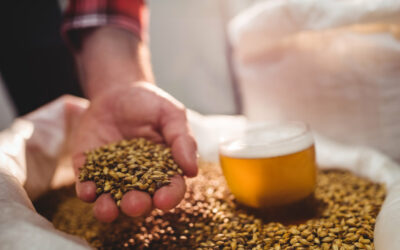A couple of months ago, I attended a “Wine Law Forum” put on by the CEB in Yountville, just north of Napa. It was a great day and a half, with seminars on a wide range of timely topics, from buying a winery, to pouring wines in alternative locations, to water regulation issues, to the legalization of recreational marijuana, which could be coming to California in the near future. One seminar that I found particularly interesting concerned alternative types of wine packaging. Specific alternatives discussed? Refillable growlers (which I’ll address in a later post), and wine on tap.
Wine on tap? That’s right – wine on tap – straight out of a stainless steel keg. Talk about alternative! Granted, it’s not hard to be “alternative” in an industry where bottle and cork are steeped in tradition, and constitute what many consider to be an integral part of the wine experience. Nevertheless, by the end of the seminar, I was convinced that wine on tap is an inevitable and exciting development in wine packaging. As consumers become more and more insistent on sustainable practices, and producers more and more concerned about efficiency, cost, and increasing competition, wine on tap has something for everyone.
Stainless steel kegs are impermeable to oxidation and can keep wine fresh for up to three months after they are tapped (six months untapped). For any restaurant or bar or tasting room that serves wine by the glass, that means less wasted wine. No one wants to serve their customer a glass from a bottle that was opened two days ago, and with wine on tap, you don’t have to. And, because the kegs are reusable, it also means less landfill waste. According to Free Flow Wines, a company that provides kegging and logistics services for wineries (and whose founder led the seminar I attended), the use of stainless steel kegs has saved over 2.5 million bottles from the landfill since 2011. That’s a lot. Less bottles in the landfill means less bottles and corks that producers need to buy on the front end. I’m guessing that can translate into quite a savings.
Of course, given the complexity of the regulations governing the wine industry, wine on tap is not without its challenges. With every state having its own regulations on matters ranging from fill volumes to labeling, developing a navigable system for the distribution of wine on tap is a work in progress. But in progress it is.
All in all, as a (relatively) “younger” wine consumer, I thought wine on tap hit all the right notes for a demographic of wine drinkers that are not only keenly aware of and interested in sustainable practices, but are willing to insist on such practices with their pocketbooks.



